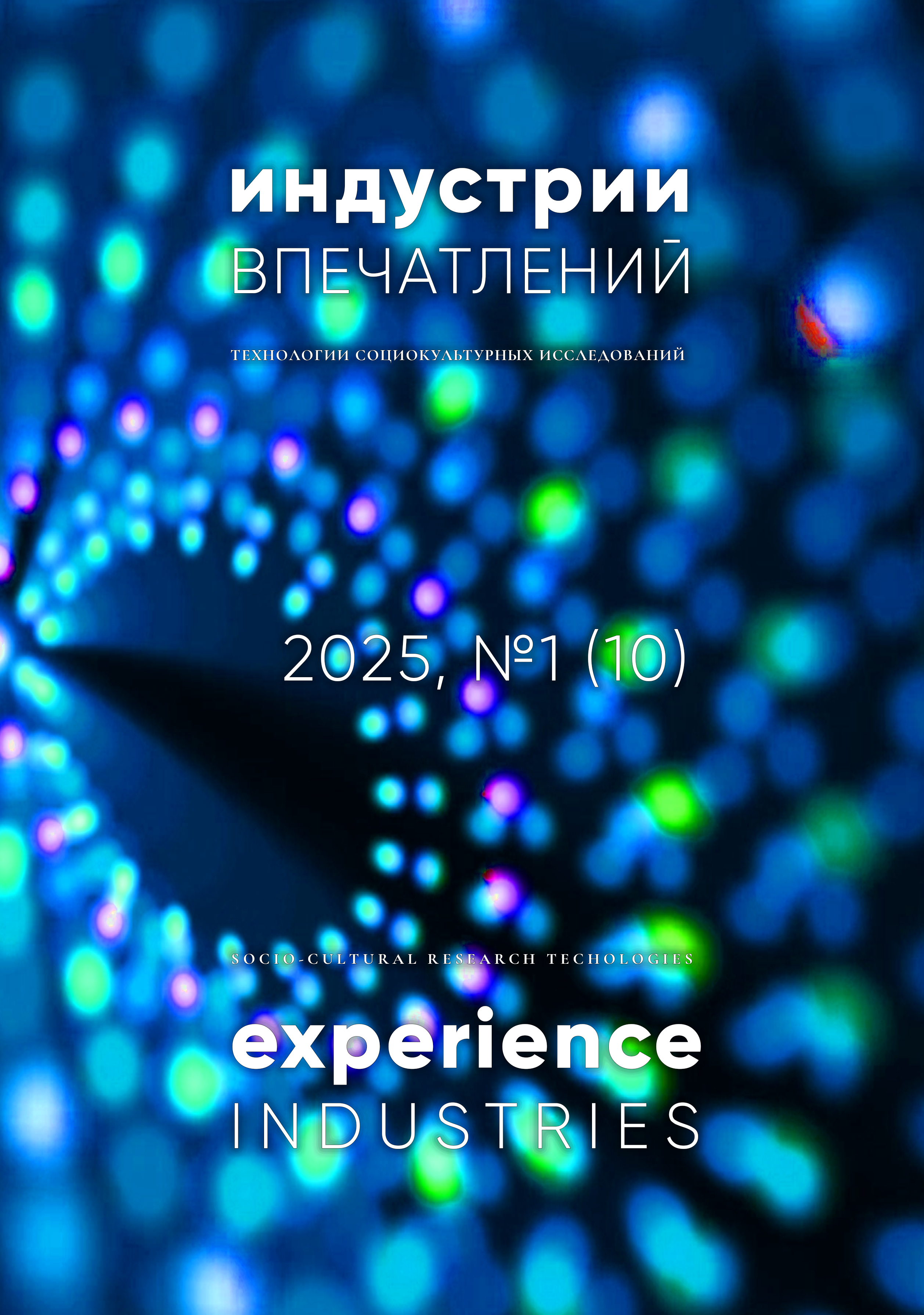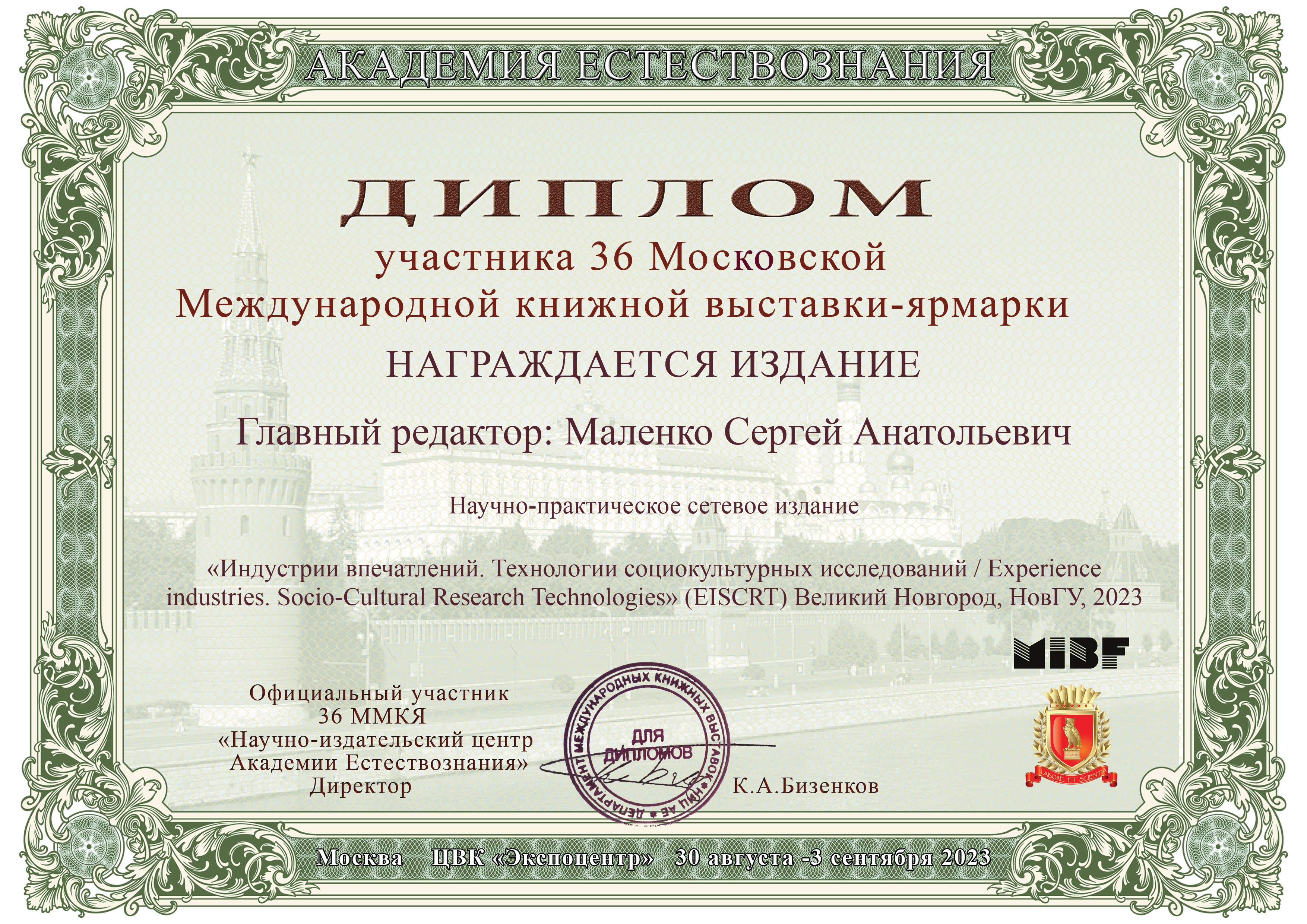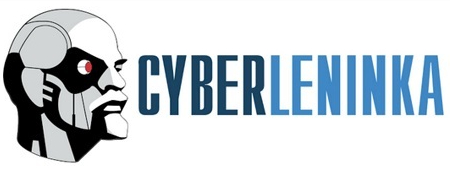THREE RUSSIAN CHUCK AND HUCK HAPPINESSES: COMPARISON OF BOOK AND CINEMATIC TEXTS IN INTERIORS OF HISTORICAL ERAS
DOI:
https://doi.org/10.34680/EISCRT-2025-1(10)-120-145Keywords:
happiness, reinterpretation, artistic text, cinematic text, Arkady Gaidar, Chuk and Geck, film adaptation, social mythology, children's literatureAbstract
The article analyzes the social mythology of happiness in different eras based on Arkady Gaidar's short story "Chuck and Geck" (1939) and two film adaptations of the same text, dating from 1953 and 2022. The variability of the concept of happiness is shown depending on the historical context: the 1930s; the post-war decade in the USSR; modern Russia. It is stated that the analysis of the mythology of happiness is significantly complicated by the age category of the potential reader of Gaidar's works: the book belongs to children's literature. The Soviet child (both the hero of the story and the reader of the Gaidar text) perceives the moral issues of the text and assimilates its didactic aspect, perceives the same pragmatics of the text. The article illustrates the multilayered specificity of Gaidar's stories, his openness to several contextual interpretations at the same time. In this regard, the study highlights the importance of the historical and social environment that influenced the basic axiological structure of the narrative. The author turns to intermediate and comparative methods to compare the original 1939 story and the two film adaptations.








